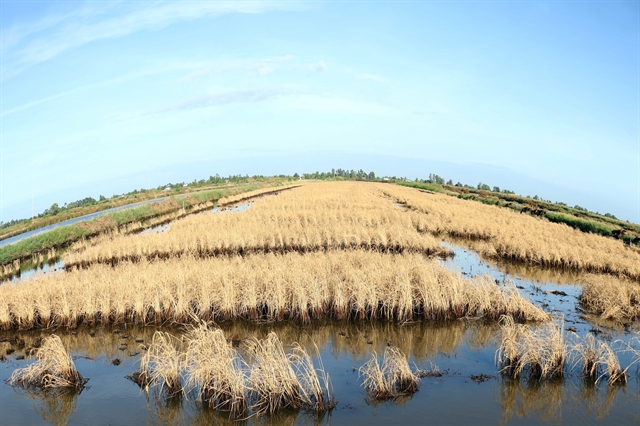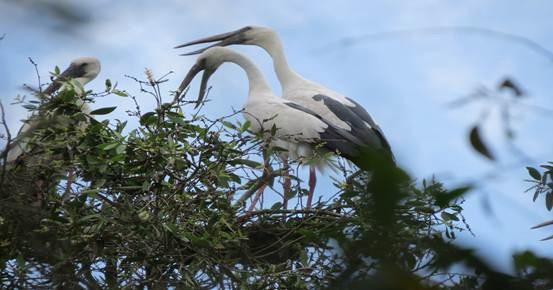 Environment
Environment

" />Đồng Tháp Province’s People’s Committee will set aside a budget of VNĐ90 billion (US$4.03 million) to develop tourism infrastructure at Tràm Chim National Park.
 |
| More than 10,000 Asian openbill storks have flown to Tràm Chim National Park in the Cửu Long (Mekong) Delta province of Đồng Tháp. Photo vqgtc.dongthap.gov.vn |
HCM CITY— Đồng Tháp Province’s People’s Committee will set aside a budget of VNĐ 90 billion (US$4.03 million) to develop tourism infrastructure at Tràm Chim National Park.
The five-year project will build roads that connect the park’s centre to tourist sites at the A1, A2, A3, A4 and A5 sections.
Lakes and canals at the park will also be dredged, while tourism resources will be protected and conserved.
The project aims to develop eco-tourism by protecting and conserving natural resources and biodiversity, according to Nguyễn Văn Dương, chairman of the committee.
The park in the Cửu Long (Mekong) Delta province’s Tam Nông District with a total national area of 7,313 hectares is home to more than 130 species, including 150 species of freshwater fish and 198 species of water birds, including 16 rare birds such as the sarus crane and spotted-billed pelicans.
The park’s Centre for Tourism and Environmental Education operates green sightseeing tours to explore the park, including tours in the flooding season from July to November.
More than 10,000 Asian openbill storks had flown to the park this year, said Nguyễn Thị Nga, an official of the park’s bio-conservation centre.
Thousands of bird’s nests had been seen and recorded at the park, Nga said.
"Conservation officials of the park regularly speak with local residents about the importance of protecting the rare birds," she said.
In 2007, the Asian openbill stork was listed in the Việt Nam’s Red Book as an endangered species.—VNS









